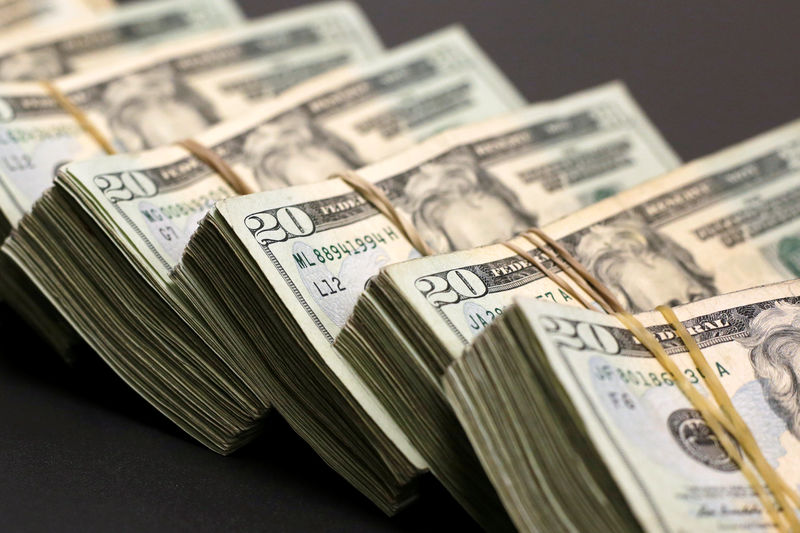Investing.com – The dollar slipped against the other major Asian currencies on Friday morning after it jumped to this year’s high on Thursday. The Aussie was the best performer on Friday after the Reserve Bank of Australia struck a positive tone in its statement of monetary policy.
The U.S. dollar index that tracks the greenback against a basket of six major currencies last stood at 92.21, down 0.08% at 10:30PM ET (02:30 GMT). The greenback reached this year’s new high on Thursday at 92.66, then slipped back to the 92.2 level on Friday.
The U.S. will release a slew of data later in the day, including nonfarm payrolls and the jobless rate that might give another push to the greenback. On a side note, the Federal Reserve held interest rates steady on Wednesday.
The USD/JPY pair eased 0.19% to 108.98. Japan’s market remained closed for Greenery Day.
The AUD/USD pair gained 0.25% at 0.7550. The RBA said in its statement that Australia's GDP growth is expected to hit 3.25% by December 2018, though the unemployment rate has missed the expected level and inflation is unlikely to reach its target until 2020, which means the interest rates will continue to stay at record lows of 1.5%.
“Overall, the Australian economy is progressing broadly on the track the Bank has been expecting for a while... If the economy continues to perform as expected, higher interest rates are likely to be appropriate at some time,” said the RBA.
The Aussie, however, got weighed down by China’s softer-than-expected Services PMI, which came in at 52.9. The reading came better than the previous reading of 52.3 but still missed the expected 53.9. China’s data could put pressure on the Aussie that shares heavy trade with China.
In China, the People's Bank of China set the set the reference rate for the yuan against the dollar, the mid-point from which the currency is allowed to trade, at 6.3521versus the previous day's 6.3732. The USD/CNY pair lost 0.15% to trade at 6.3429.
